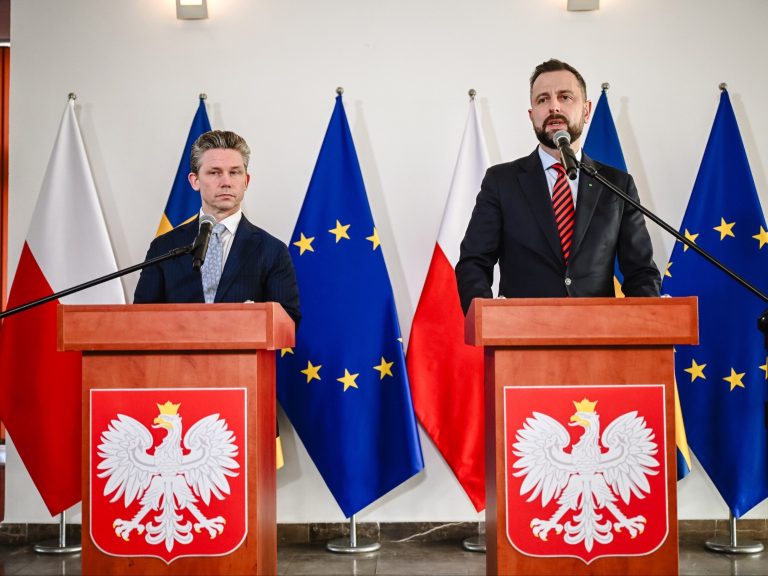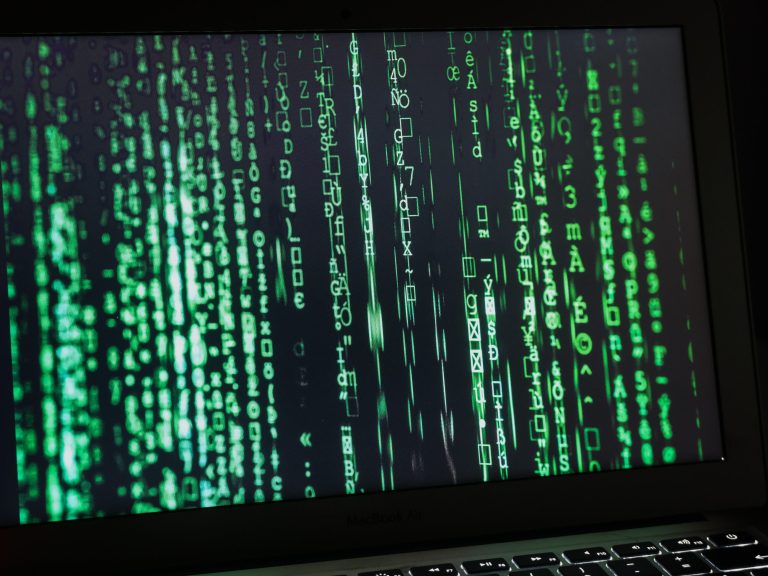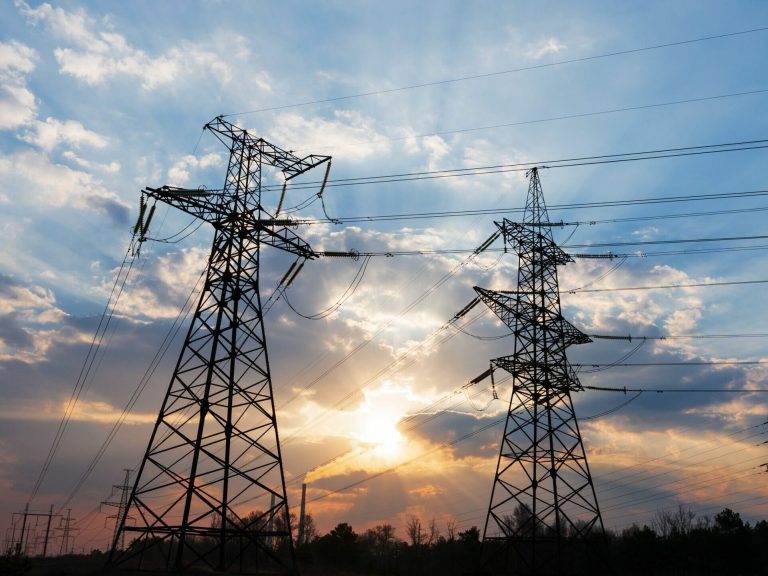These methods changed archaeology. “The discoveries have flowed like a glove”

“Earlier, when studying settlements in today’s Poland, we had such empty spots. Lidar allowed these spots to be filled. It turned out that they did not result from the fact that there was no settlement there, but we were simply unable to discover it using other methods – says Dr. Hab. Krzysztof Misiewicz, prof. University of Warsaw Does this mean that the new methods will replace the traditional ones?
Katarzyna Świerczyńska, “Wprost”: What are non-invasive methods of archaeological research?
Dr. hab. Krzysztof Misiewicz, prof. UW*: Generally, it can be said that they are a tool for solving problems that we encounter during archaeological research. And above all, they have great advantages, because thanks to them we can conduct research on a much wider scale. Not only to dig up individual archaeological sites, but also to deal with larger areas. It was non-invasive activities that changed, among other things, the methodology of research on settlements. Thanks to them, we can ask ourselves new questions and, above all, we do not have to directly interfere with the preserved archaeological substance.
Because if we start digging, we’re destroying what we’re exploring?
I would not define it so categorically, because it is thanks to the use of non-invasive methods that it does not have to be entirely true. For example, if we create documentation on an ongoing basis using laser scanning or modeling using microscale photogrammetry, then even if the layers that we expose and examine are destroyed, we have a very accurate image of them and we can recreate them. This allows for a more complete presentation of what we have discovered. It also gives us the opportunity to interpret the research more fully. What’s more – we can go back to what we have revealed and make re-interpretations.
How long have you been an archaeologist?
Since 1974. Technological progress since then has been huge, but non-invasive methods themselves are not so new. As a student, I became interested in non-invasive methods. I had a scholarship in central Greece at the time. The Canadian expedition conducted an inventory there and uncovered remains from the Bronze Age. It turned out that the layers from the classical era, i.e. the 4th-5th century BC, were very well preserved in the same place. And that is why it was not decided to destroy them in order to reach those small foundations that have been preserved from older periods. At that time, geophysical research was carried out there, i.e. measurements of the soil resistance distribution from the surface, which allowed to obtain a picture of what was in the subsequent layers of the earth.
It was fascinating for me and after returning from Greece I became interested in whether something similar was used in Poland. It turned out that at the Institute of the History of Material Culture of the Polish Academy of Sciences there was a laboratory called “The Position for the Application of Geophysical Methods in Archaeology”, headed by Dr. Jacek Przełoło. I contacted Dr. She moved and basically started working with this studio in 1976, and after completing my doctorate I was employed there for over 20 years. It can also be said that over the years I have gone through many stages of the development of modern technologies, improving devices and methods.
Do you have a favorite non-invasive method?
The more methods we use, the more reliable are the interpretations of the results. I myself specialized for many years in the electroresistance method, trying to find a way to precisely determine the depth of archaeological objects that cause recorded changes in the observed parameters. Then I moved on to the magnetic method and mastered practically the entire arsenal of possibilities of using this method, from activities using simple magnetometers to complex sets introduced today, e.g. cesium instruments with precise measurement location using satellite navigation systems.
Is there a particular method that you think has changed archaeology?
Certainly the magnetic method, which allows you to quickly identify very large areas. I will give an example. When carrying out the Ptolemais research, we had about 160 hectares enclosed within the former city walls…
We are talking about one of the capitals of the Ancient World, the ruins of which are now in Libya?
Yes, it is a Hellenistic city, probably founded in the 3rd century BC according to the so-called Hippodamian plan with streets intersecting at right angles … It was immediately clear that it was impossible to uncover the remains on such a large area. Therefore, the problem and challenge was to recreate the topography of this city without excavations. This is where we used the magnetic method with different types of magnetometers and gradientometers. This allowed us to recreate the entire street grid and not only trace the urban layout of the city, but also record its changes in subsequent periods of history. As a supplementary method, we used the electroresistance method, which gave us information about the depth of individual layers. There, for the first time on such a large scale, we used aerial photographs combined with topographic measurements on the ground surface.
It’s also an interesting story because you couldn’t use a drone back then…
Yes, it was not allowed. That is why a younger colleague, Miron Bogacki, constructed a special kite, under which a camera was suspended, and for the first time effectively used the method of transmitting the image in real time, which was visible in the lens. This meant that we could take photos not randomly, but intentionally, preparing vertical images and detailed panoramas of the entire study area. Today, each photo can have a detailed location thanks to GPS, which is crucial for an archaeologist, because without reference to a specific place, it will simply be just a nice postcard.
It is hard not to get the impression that aerial photography is an extremely important aspect of archaeological research today.
We in Poland are very lucky that we started using aerial photography in archeology relatively early. Photos from the air with the use of a balloon or an airplane were already taken in the 1930s, among others, during research in Biskupin. In the second half of the 1990s, Professor Zbigniew Kobyliński became the deputy chief conservator of monuments at the Ministry of Culture, and he allocated large funds to this research branch. There were even special trainings for provincial conservators. And then new discoveries poured in like a glove. We also have Prof. Włodzimierz Rączkowski, who specializes in aerial photography and has great luck, which is also needed here. It’s Prof. Thanks to aerial photography, Rączkowski discovered round Neolithic structures with ditches and a palisade, previously unknown in Poland…
Called saucepans…
Yes, but that’s not all. It’s Prof. Rączkowski discovered a medieval town in Szamotuły. And here I will return to this happiness – this city was visible only for a relatively short period and after an exceptionally dry summer. The professor flew over this area many times, and only then did he manage to do so. Of course, aerial photography alone is not enough. A number of geophysical studies were also carried out in Szamotuły and it was confirmed that the source of the observed changes is the presence of archaeological objects. We conducted similar research in Dzwonowo, i.e. on the border of the Wielkopolskie and Lubuskie voivodships. Similar remains of medieval houses have also been preserved there. But here, too, I must say that the greatest breakthrough for archaeologists was not aerial photography, but scanning from the air using laser systems colloquially called Lidar – from the English acronym Light Detection and Ranging – which was initially performed, among others, for cartography.
How is Lidar better than aerial photography?
To put it simply, it can be said that Lidar allows us to detect small changes in surface relief related to the retention of sought-after archaeological objects, even in forested areas. What we will not see on the best photograph taken from the air, we will register on the “lidar map”. When the results of these activities were made available for scientific research practically free of charge, there were many new discoveries in heavily forested areas, for example at the junction of Mazovia and Warmia and Mazury. Earlier, when studying settlements in today’s Poland, we had such empty spots. Settlement voids – that’s what it’s called. Lidar allowed these spots to be filled, because it turned out that they did not result from the fact that there was no settlement there, but that we were simply unable to discover it using other methods.
Old methods will be forgotten?
In no case! We are unable to answer many questions using only non-invasive methods. New methods give new, hitherto unknown possibilities, but in fact used together and properly selected, they allow for proper interpretation.
Can you go wrong?
Of course! Many places which, on the basis of lidar maps, were taken for former strongholds, there were a lot of them in Warmia and Mazury, turned out to be anomalies resulting from the geological structure, and not the result of the fact that any structures were erected there. Methods for verifying such discoveries are developed. And please remember that the progress of technology, but also of other branches of science, also gives us the opportunity to return to old research and reinterpret its results, or to pose new questions. Such possibilities are provided primarily by genetics, including DNA testing from old bones. On the other hand, non-invasive methods give us, for example, greater opportunities for action in underwater sites, which until recently was impossible or very difficult, but I will also mention virtual archeology, which is also considered a non-invasive method.
Is it about the possibility of graphically reproducing what is being tested?
Yes, exactly the same as in a computer game. 3D simulations and reconstructions allow you to see with your own eyes what, for example, a settlement from thousands of years ago could have looked like. Although there are also many dangers here…
Because we never really know everything?
Yes, and we recreate the entire environment, so we fill in the gaps so that the full picture can be created. And sometimes a person’s imagination can get too carried away. That’s why I always tell my students that modern technologies are wonderful and offer extraordinary opportunities, but they are not enough. You asked earlier whether traditional methods will be forgotten. I’m going to compare it to the library here. If you close the library, will you be able to tell everything about the books in it, read them? To do this, you must take the book in your hand. This will probably make you destroy her. That’s why we always weigh the benefits. And I like to repeat here the principle of my German colleagues, without which there is no archeology: “immer denken”, meaning “always think”.
*Dr. prof. Since 1974 Krzysztof Misiewicz, a professor at the University of Warsaw, has been dealing with the use of technical methods in archaeology. In the years 1980-2012, he was employed at the Geophysical Laboratory of the Bio- and Archeometry Laboratory of the Institute of Archeology and Ethnology of the Polish Academy of Sciences (formerly the Institute of the History of Material Culture), and since 2006 at the Institute of Archeology of the University of Warsaw (since 2015 he has been in charge of the Department of Non-Invasive Research). He participated in the research of over 250 archaeological sites in Poland and abroad. He is the author and co-author of over 130 studies in the field of archaeological geophysics, GIS systems and data integration from non-invasive research – including 3 books: Geophysical methods in planning excavation research, Warsaw 1998; Archeological Geophysics, Warsaw 2006; Ptolemais in Cyrenaica, Results of non-invasive surveys, Warsaw 2015.






